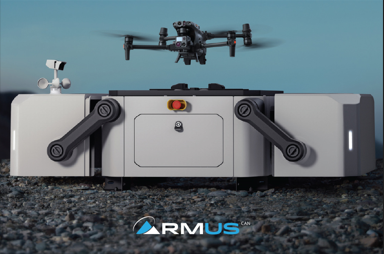
The rise of autonomous robots has brought about a significant transformation in the service industry. From warehouses to hospitals, these machines are changing the way we work and improving efficiency, safety, and accuracy.
Autonomous robots are equipped with advanced sensors and algorithms that enable them to operate independently, navigate through complex environments, and make decisions on their own. They are used in various industries, including manufacturing, logistics, healthcare, and hospitality, to automate repetitive tasks and improve productivity.
One of the most significant benefits of autonomous robots is their ability to operate in hazardous or challenging environments, such as warehouses or hospitals. In warehouses, robots can pick and move items with high accuracy and speed, reducing the need for human intervention and minimizing the risk of injuries.
Similarly, in hospitals, robots can perform tasks such as delivering medications, transporting patients, and even assisting in surgeries. These robots are designed to work alongside medical professionals, providing support and enhancing their capabilities while ensuring patient safety.
Autonomous inspection robots are also becoming increasingly popular in various industries. These robots are equipped with sensors and cameras that can inspect and monitor equipment, structures, and infrastructure with high accuracy and efficiency. In manufacturing, inspection robots can detect defects in products and identify areas for improvement, ensuring that only high-quality products reach the market.
In the energy sector, inspection robots can inspect pipelines and other critical infrastructure, identifying potential problems and preventing costly and dangerous accidents. In addition, inspection robots can perform tasks such as cleaning and maintenance, reducing the need for human intervention and minimizing the risk of injuries.
Despite their potential benefits, autonomous robots are not without their limitations. One of the significant challenges is the high cost of developing and deploying these machines. Additionally, autonomous robots require advanced training and expertise to operate and maintain, which can be a barrier for small and medium-sized businesses.
Furthermore, the use of autonomous robots raises concerns about the displacement of human workers. While robots can automate many tasks, they cannot replace human judgment, creativity, and empathy. Therefore, it is essential to find a balance between automation and human intervention, ensuring that the use of robots enhances human capabilities rather than replacing them.
In conclusion, autonomous inspection robots are transforming service industries by automating repetitive tasks, enhancing safety and accuracy, and improving productivity. As technology advances, we can expect to see even more innovative uses of robots in various industries, from agriculture to construction. However, it is crucial to address the challenges associated with deploying these machines, such as cost, training, and displacement of human workers, to ensure that the benefits of automation are realized while minimizing the negative impact.